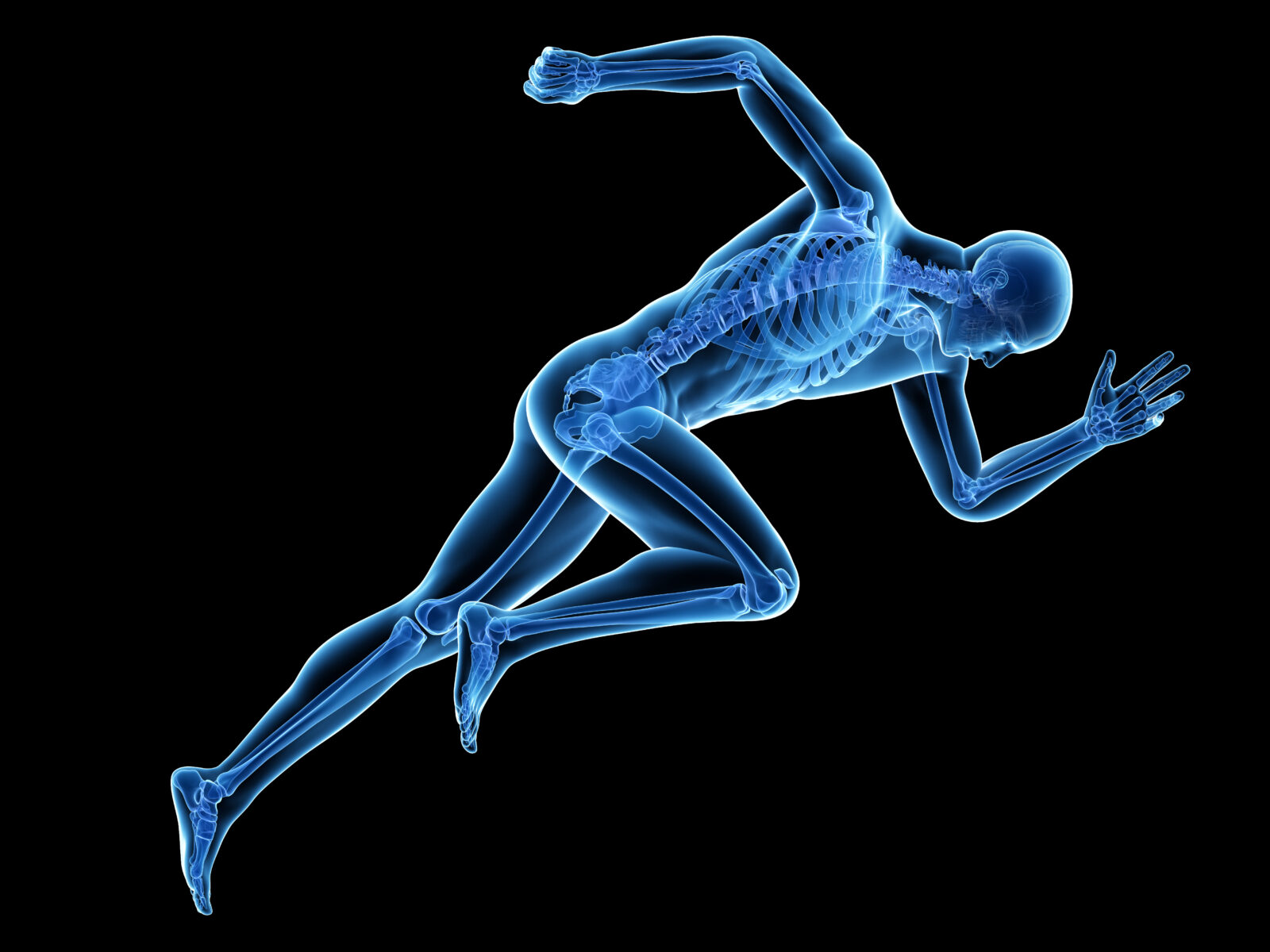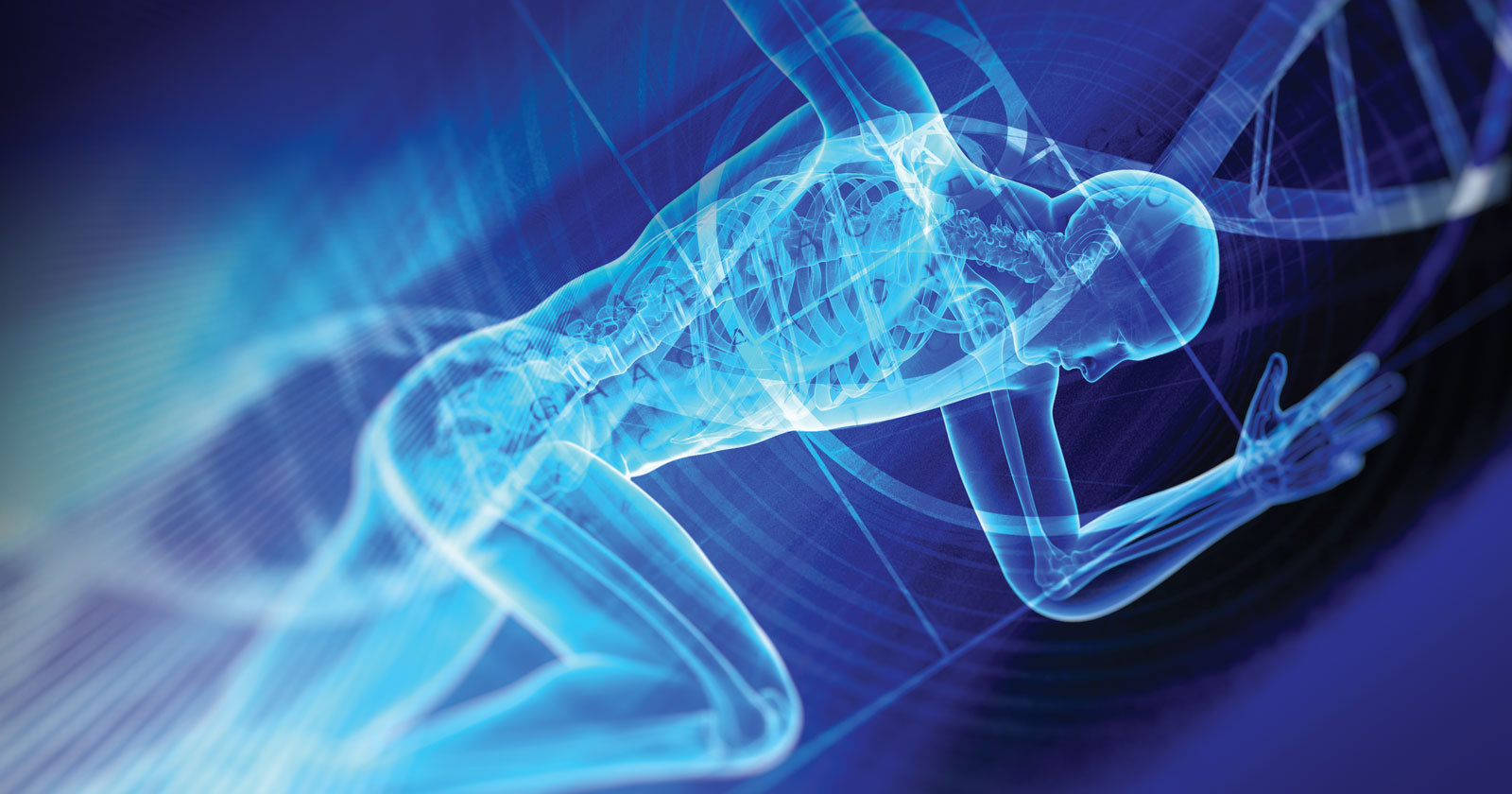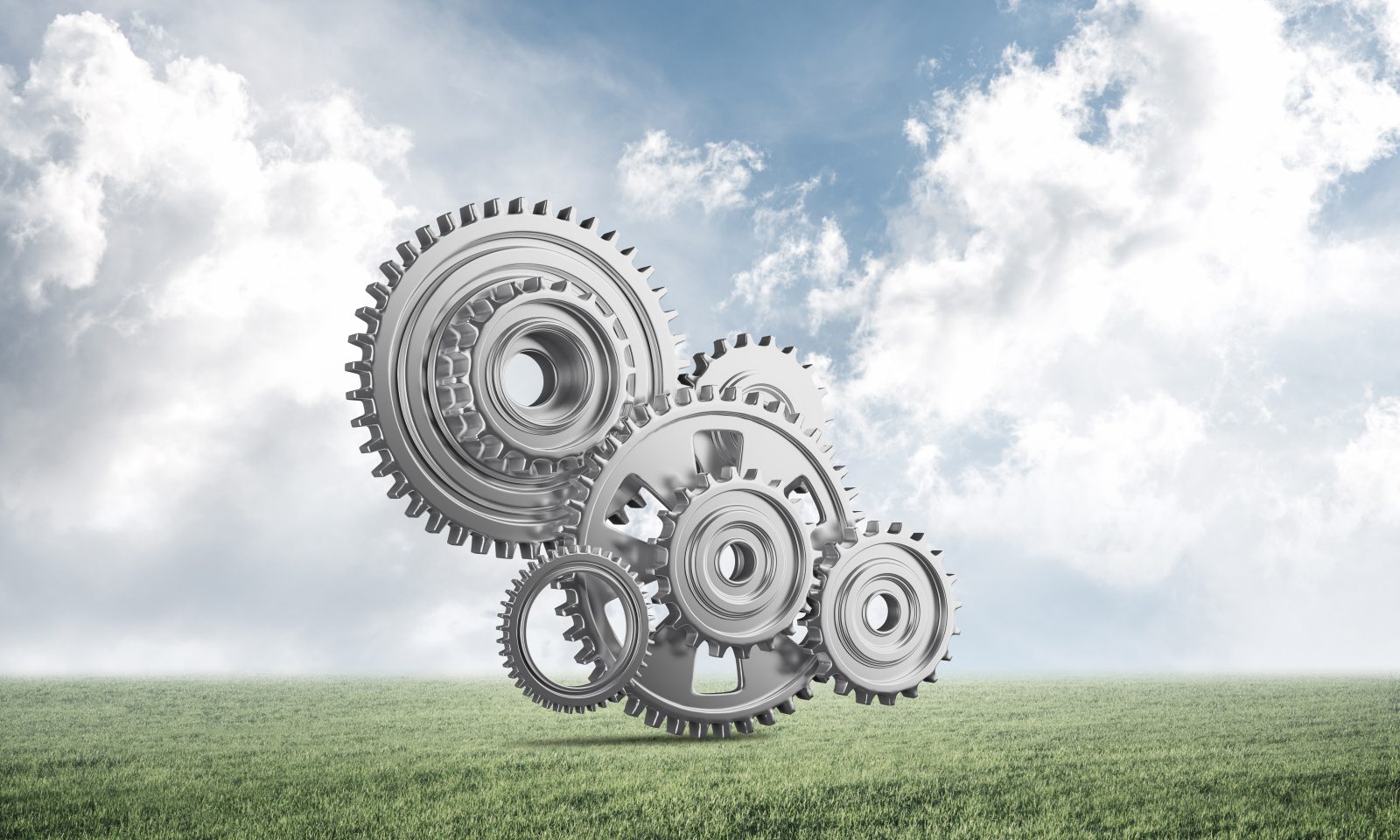


Evolution: How Darwin’s Four Causal Factors Fail
On today’s ID the Future, Your Designed Body co-author and systems engineer Steve Laufmann continues his conversation with host and neurosurgeon Michael Egnor. In this episode, Laufmann reviews four causal factors involved in Darwin’s theory of evolution, and explains why they lack the power to generate life’s great variety of forms. To dive deeper into his argument, check out Laufmann’s new book co-authored with physician Howard Glicksman.

A Neurosurgeon and an Engineer Explore Your Designed Body
On today’s ID the Future, neurosurgeon Michael Egnor hosts systems engineer Steve Laufmann, author with physician Howard Glicksman of the new book Your Designed Body. Egnor makes the surprising confession that his medical library is full of engineering texts because at some point he discovered that engineering texts, and engineering principles, often shed more light on human physiology than did his physiology books. Egnor, then, is extraordinarily well prepared to interview Laufmann about the amazing engineering of the human body. Tune in for Part 1, and stay tuned for Parts 2 and 3.

A Physician’s Fantastic Voyage through Your Designed Body
On today’s ID the Future Your Designed Body author and physician Howard Glicksman takes a deep dive with Philosophy for the People podcast host Pat Flynn into Glicksman’s new book, co-authored with systems engineer Steve Laufmann. As Glicksman puts it, he and Laufmann look not just at how the human body looks but at what it actually takes for it to work and not die, and what this implies for evolutionary theory. Begin by piling up the layers of complexity in the human body—the layer upon layer of complex interdependent systems. Then ask hard questions about whether any blind and gradual evolutionary process could have kept our evolutionary ancestors alive at every generational stage as all this was gradually engineered by countless random mutations over millions of generations, beginning with the first single-celled organisms billions of years ago. Once one faces those hard questions without retreating to vague just-so stories about nature needing vision (or hearing or any number of other bodily functions) and therefore magically evolving it, at that point Darwinism’s story of gradual and blind evolution collapses. The explanation that is left standing, according to Glicksman, Laufmann, and Your Designed Body: intelligent design. This episode is posted her with the generous permission of Pat Flynn and the Philosophy for the People podcast.

Your Designed Respiratory System: Causal Circularities and Irreducible Complexities
On this ID the Future, Your Designed Body author and physician Howard Glicksman again sits down with host and professor of neurosurgery Michael Egnor to further explore Glicksman’s new book, co-authored with engineer Steve Laufmann. Here Glicksman gives a quick flyover of what they explore in fascinating depth in the book, namely the irreducible complexity of that extraordinary systems of systems that is the human respiratory system. As Glicksman explains, there are individual systems that are irreducibly complex, and these are joined together into a higher-level system of systems that is also irreducibly complex, marked by causal circularities and coherent interdependencies at every turn. Without all of it guided by various highly precise control mechanisms, no life. Darwinian gradualism is powerless to construct such wonders, Glicksman and Laufmann argue. The better explanation, they suggest, is the ingenious engineering of an intelligent designer. Get your copy of the book here.

Your Designed Body: “Irreducible Complexity on Steroids”
On today’s ID the Future, Your Designed Body co-author and physician Howard Glicksman talks with host and neurosurgery professor Michael Egnor about Glicksman’s new book, co-authored with systems engineer Steve Laufmann. Glicksman walks through a series of systems in the human body that are each irreducibly complex, and are each part of larger coherent interdependent systems. As Glicksman puts it, the human body is “irreducible complexity on steroids.” How could blind evolutionary processes, such as neo-Darwinism’s joint mechanism of natural selection working on random genetic mutations, build this bio-engineering marvel? Your Designed Body makes the case that it couldn’t. It’s not even close. What is required instead is foresight, planning, and engineering genius.

The Role of Engineers in the Systems Biology Revolution
Today’s ID the Future spotlights systems biology and the role engineers can play in some leading-edge biology. According to guest Steve Laufmann, systems biology is taking the biological world by storm, an approach that treats biological systems as optimally or near-optimally engineered systems and, using that working assumption, seeks to better understand the system. Laufmann says this provides an opening for engineers to contribute, since they have a deep understanding of what it takes to make a complex system work, and what’s required to change one core aspect of an engineered system so that it continues to work with all of the other crucial parts of the system. Many biologists aren’t trained in this, Laufmann says, and most engineers aren’t trained in the details of biology. Laufmann argues that the way forward is to get engineers and biologists talking, train biologists in engineering principles, and train engineers in biology. Laufmann and host Eric Anderson also discuss a recent conference they helped organize, the Conference on Engineering in Living Systems (CELS). Near the end of their conversation, Anderson asks Laufmann to tease some of the research work coming out of the conference, and Laufmann points to one researcher’s work on the bacterial flagellum, and promises more to come.